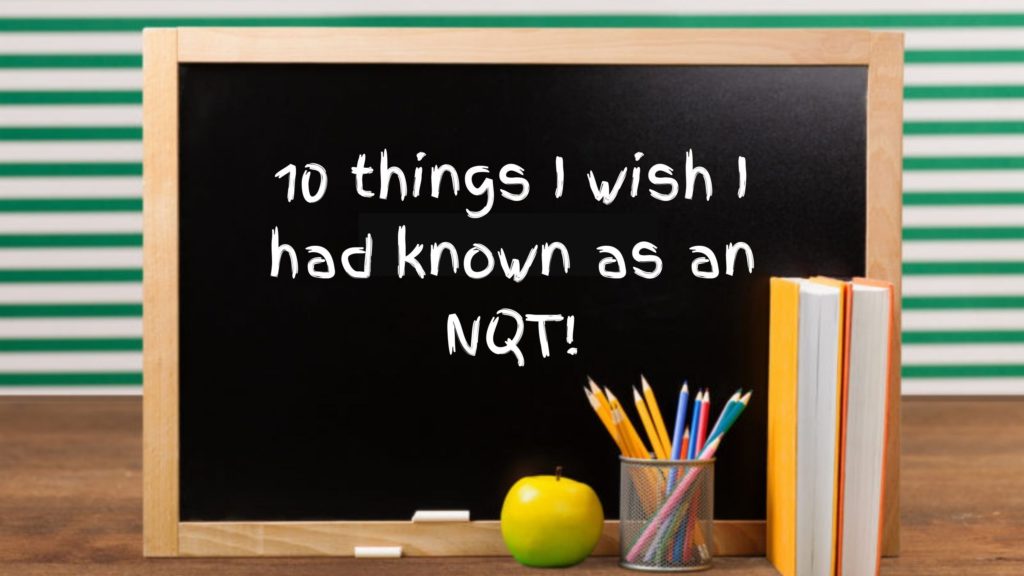Engaging your new class of students!

Come September, you could potentially have up to 30 new children to educate; this can only be done effectively if you get to know them individually and begin the process of engagement and developing mutual respect and trust.
When establishing a programme for the start of the new term, it is important to make sure that you cater for the needs of each individual pupil and requirements in terms of their learning styles. Explore what the key interest of your students are so that they can achieve the best results and make the most progress.
Thinking about your style of teaching is something that we as educators often forget to do!
It was only after I had been teaching for about 10 years that the I reflected on my own delivery of content; which happened during an inset session with a visiting facilitator.
“…knowing how you teach and what your areas of strength are as well as the areas to develop is the first step in your own professional development.”
However, a crucial part of this teaching reflection is making sure all members of your class are taught well and therefore able to learn and make progress with this learning.
We all learn in a number of different ways and have preferences for being taught differently depending upon the subject, time of day, how we are feeling, who we are sitting next to and who is delivering the lesson!
It is not an exact science. However, there are some hints and tips that can make your lessons engage the majority of your class and the majority of the time.
Knowing your classroom of new students will, as the days roll on, enable you to engage with 100% of the class, 100% of the time!
Visual
Make sure that the children have something to look at whilst you are introducing, explaining or discussing – make sure everyone can see the visuals – make sure everyone understands what they are looking at.
Auditory
Make sure the children have something of quality to hear and keep any introduction, explanation or discussion short, snappy and relevant. It’s important to check for their understanding and recap, but quickly and without too many instructions once the task has been given!
Kinaesthetic
Give the children something to do during the lesson which should be around 80% of their lesson time – so in an hour’s session, 48 minutes should be the children doing something – practising, using and applying and working things out.
If you make sure the lessons are VAK then however a child is learning during that session, they will all have access to some part of the lesson.
They will, therefore, be engaged and enjoy!








Responses